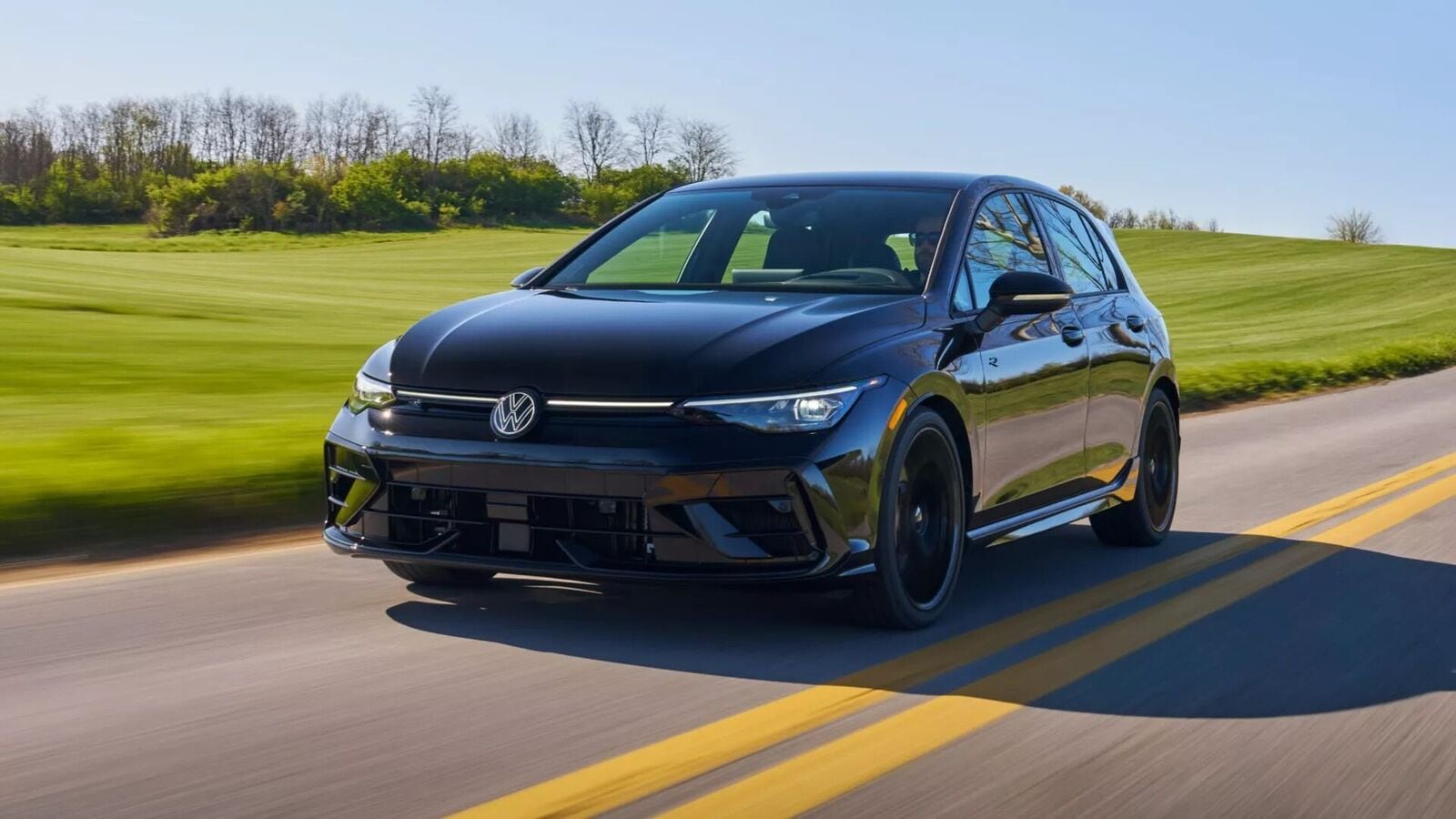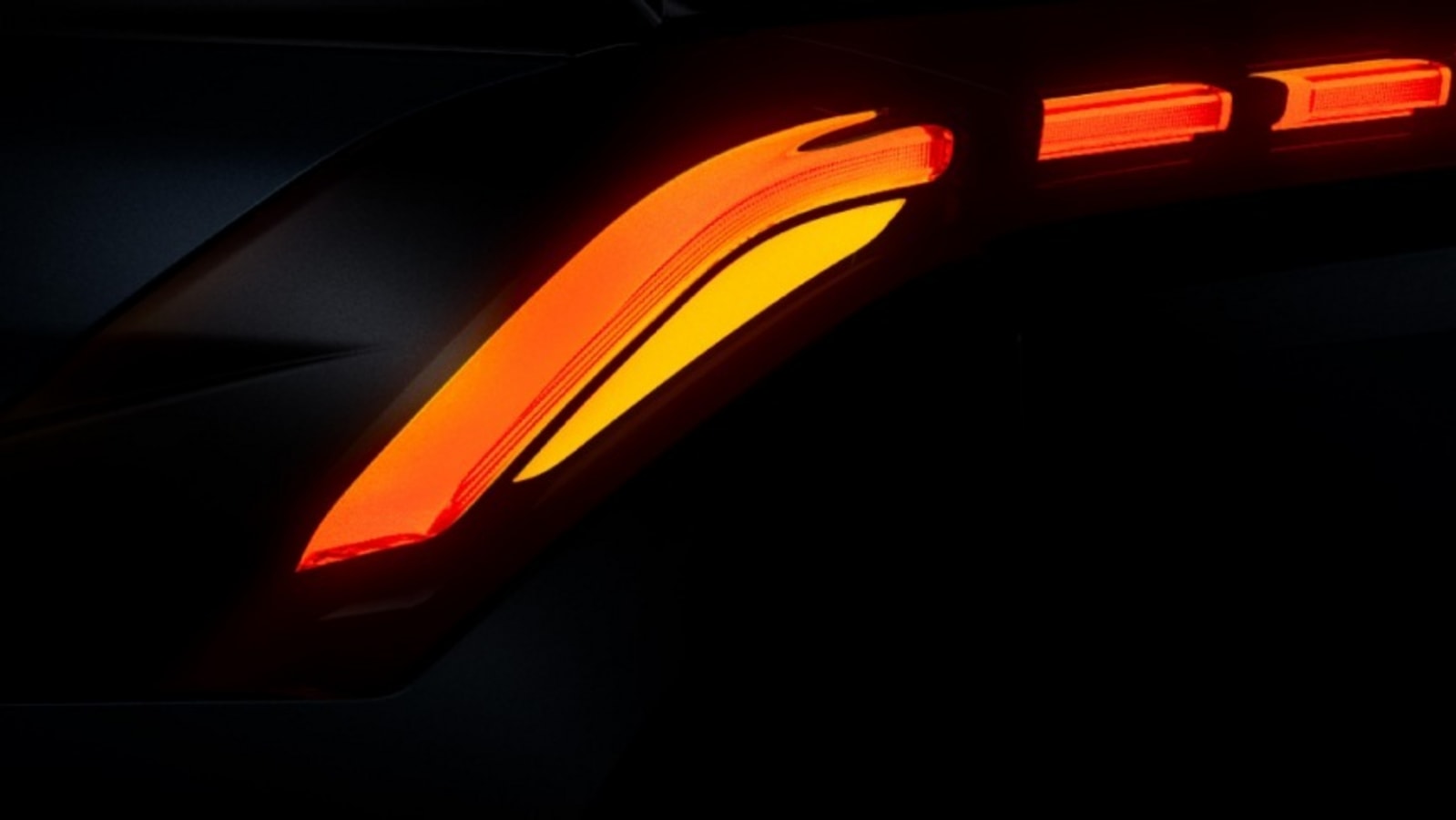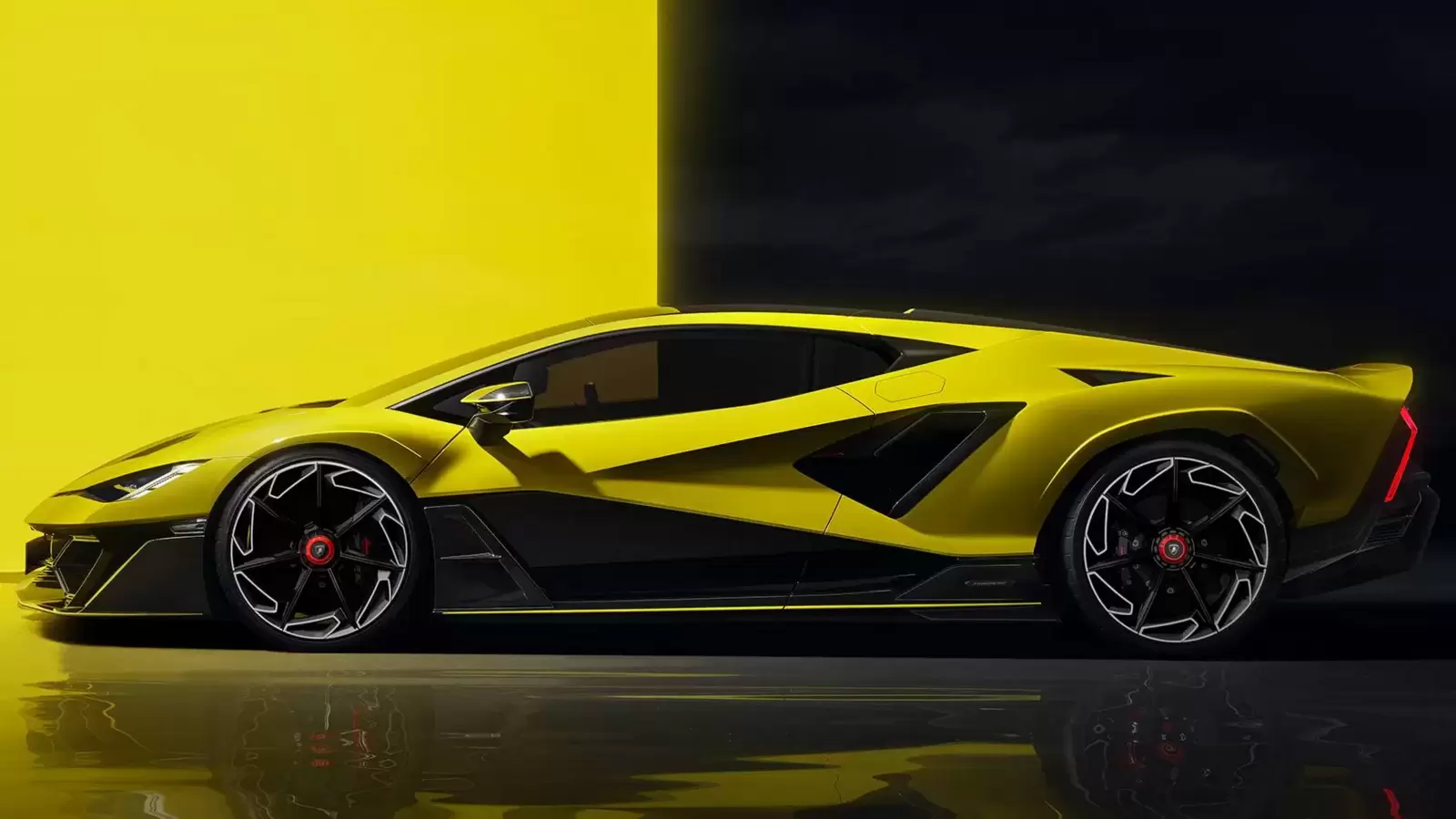29 August 2025

The first half of 2025 saw Tesla at the top of the US electric vehicle (EV) landscape. However, domestic rivals and European brands are moving upwards to meet it. Autovista24 web editor James Roberts explores the data.
EV sales in the US, consisting of battery-electric vehicles (BEVs) and plug-in hybrids (PHEVs), increased by 3.7% between January and June 2025. A total of 744,740 plug-in vehicles took to US roads in this period, according to the latest data from EV Volumes.
Breaking down the six-month EV total, battery-electric vehicles (BEVs) captured a 76.3% share, down from its 77.9% market hold 12 months prior. PHEVs made up 23.7% of overall volumes, up 1.6pp year on year.
Tesla EV dominance subsiding?
The Tesla Model Y and Model 3 drove the brand’s dominance of the US EV market in the first half of 2025. Aside from its two flagship models, Tesla’s BEV offering includes the Cybertruck, the Model X, and the Model S.
Despite its established vehicle portfolio, the first six months of 2025 saw Tesla’s sales in the US slide by 14% year on year. This translates to a sizeable 6.7 percentage point (pp) drop in market share compared with 2024.
The carmaker’s Model Y and Model 3 were responsible for 224,000 sales in the period. That amounted to 92.4% of Tesla’s deliveries in the country.
However, these combined sales were down 10.2% year on year. Additionally, sales of the Model X and Model S have tailed off in 2025. Between January and June 2024, the Model S saw 7,600 deliveries. Fast forward 12 months, and that volume has fallen to 3,288.
The decline of sales in Tesla’s two vanguard models reflects a wider decline across its portfolio. Despite a strong model range, the company’s once iron grip on the US market has weakened in 2025.
EV market ascendency
At the halfway point of 2025, Jeep commanded second in the US EV brand top 10. However, the Stellantis-owned carmaker saw its market share fall by 0.3pp, with 52,950 sales equating to a drop of 0.7%.
Most of the brands’ EV deliveries came from its PHEVs. Combined, the Jeep Grand Cherokee and Jeep Wrangler accounted for 46,677 sales six months into 2025. However, this equated to a year-on-year drop of 12.4% for the two models.
Chevrolet enjoyed a year-on-year sales surge of 131.2% between January and June. The US brand slotted into third with 46,047 vehicles leaving dealerships. This provided Chevrolet with the biggest gain in the top 10.
Part of this success was down to the carmaker’s varied range. Chevrolet’s EV portfolio includes models such as the Silverado, Bolt, Blazer, and Equinox. So far this year, the latter model’s performance looks to have driven the company’s EV presence.
EV market inertia
Ranking fourth in the top 10 EV sellers, Ford’s EV progress slowed, despite its varied model offering. The marque recorded a 0.5% year-on-year improvement with 41,321 plug-in units sold. However, due to increased market competition, its share dropped by 0.2pp.
Another brand to record a decline was Hyundai in sixth. It witnessed a year-on-year sales slump of 4.8% to 31,321 units. This meant its market share dropped by 0.4pp to 4.2%. Toyota followed in seventh. It endured a 9.4% sales drop to 28,230 units. This equated to a 0.5pp year-on-year decline in market share to 3.8%.
The biggest EV brand decline in the US was witnessed by Kia. Ranking ninth in the first half, its sales slumped by 33.6% year on year to 24,052 units. One factor was the performance of its EV6 and EV9 BEVs, with combined deliveries falling by 47.5% to 10,813 units.
European brands on the rise
Amid the mix of prosperity, decline and stagnation within the US EV market, some European brands enjoyed a positive first half. BMW recorded 37,148 electric vehicle sales in the country. This marked a 25.3% year-on-year upswing. It also brought the brand’s market share to 5%, a 0.9pp jump.
Key to this success were the gains made by BMW’s plug-in hybrids. The brand recorded 12,516 PHEV sales in the first half, up by 157.9% year on year. While it moved a greater volume of BEVs at 24,632 units, this was down by 0.6% in the US.
In eighth, Mercedes-Benz reached 27,427 units, translating to an impressive 35.3% year-on-year sales boost. With this, the carmaker extended its market share by 0.9pp to 3.7% six months into the year. Volvo rounded out the EV top 10 in the US. In the first six months of the year, the brand enjoyed a 10.5% upswing in sales to 20,595 units. Strong performances from its BEV and PHEVs helped it to secure a 2.8% EV market share, up 0.2pp.





